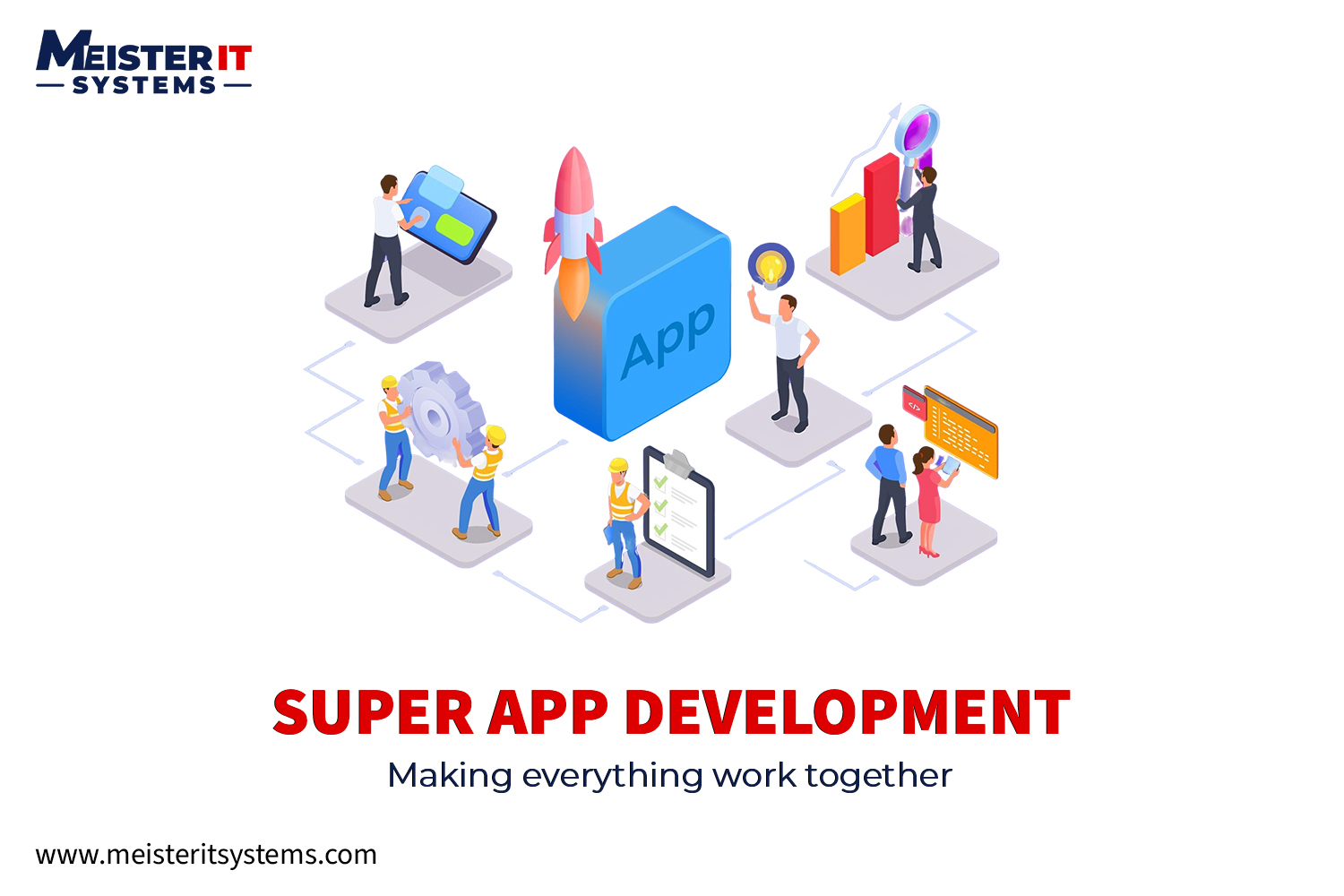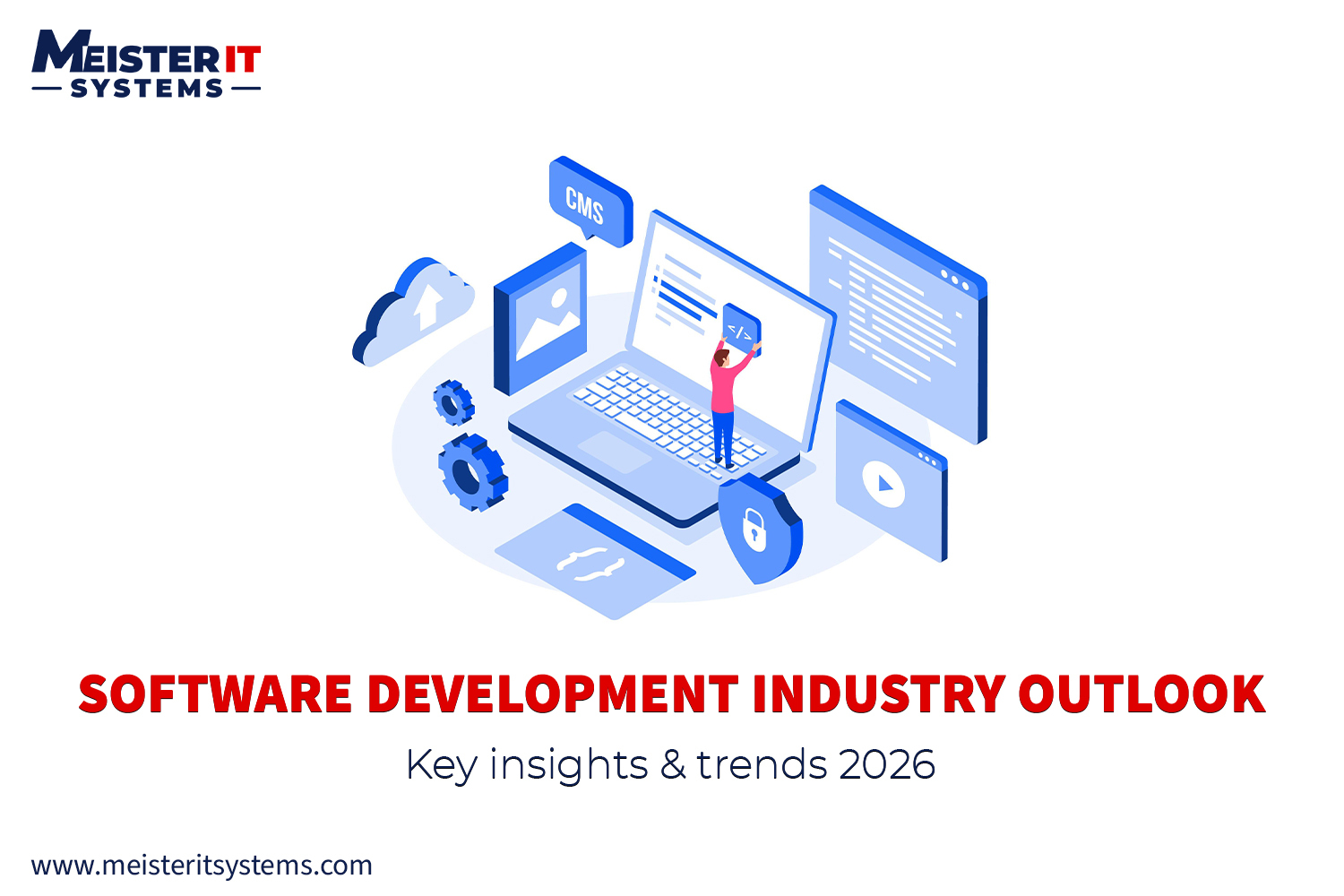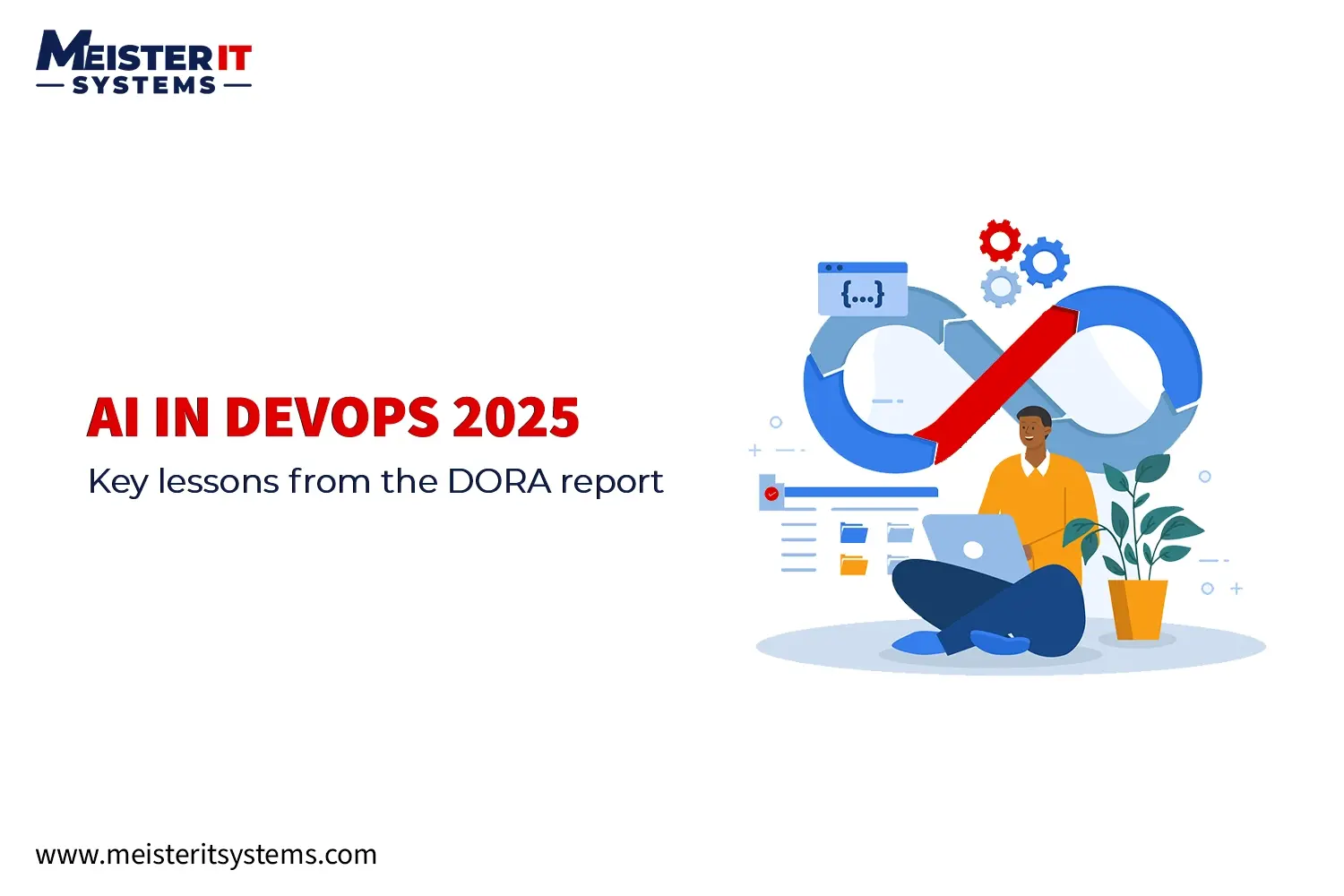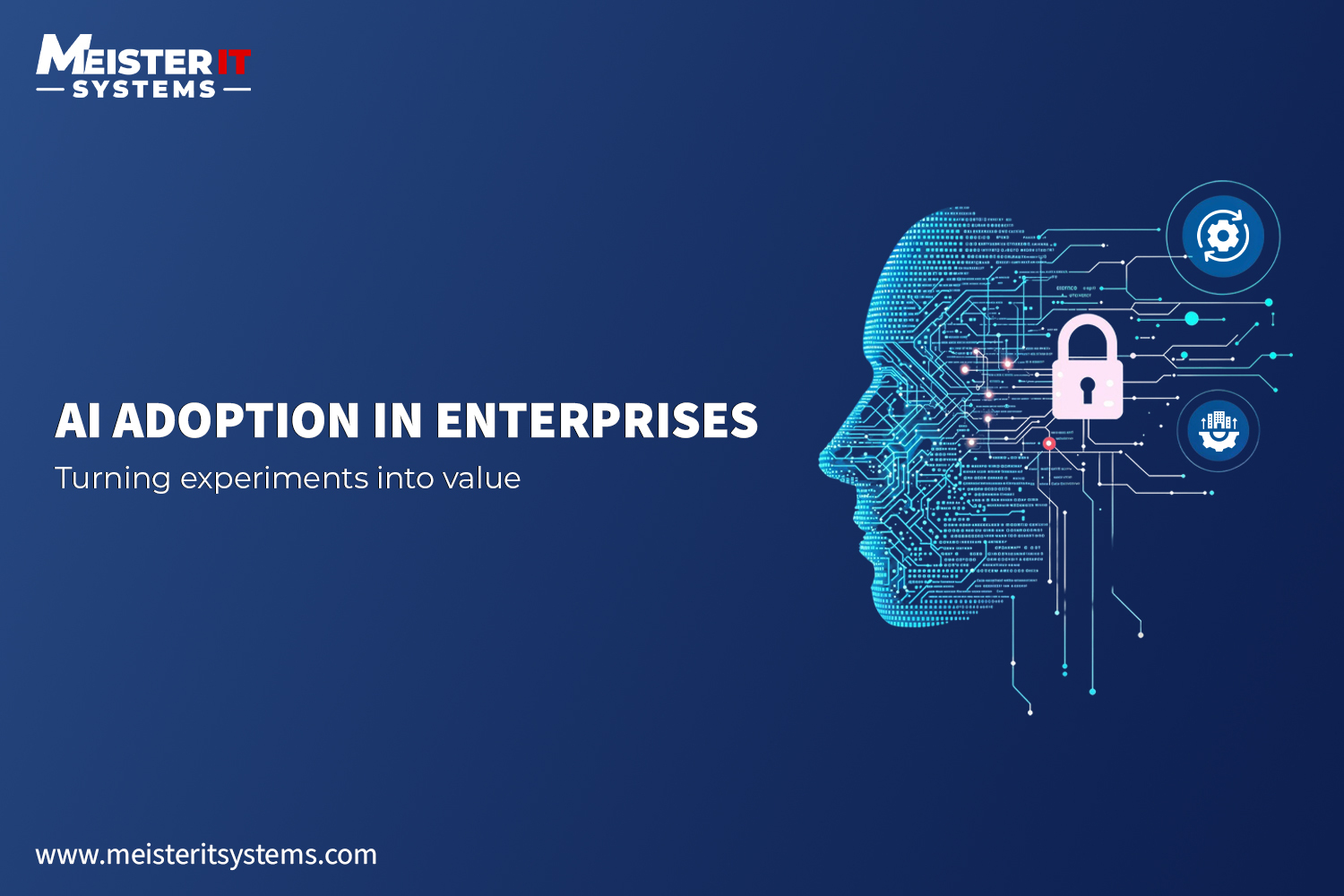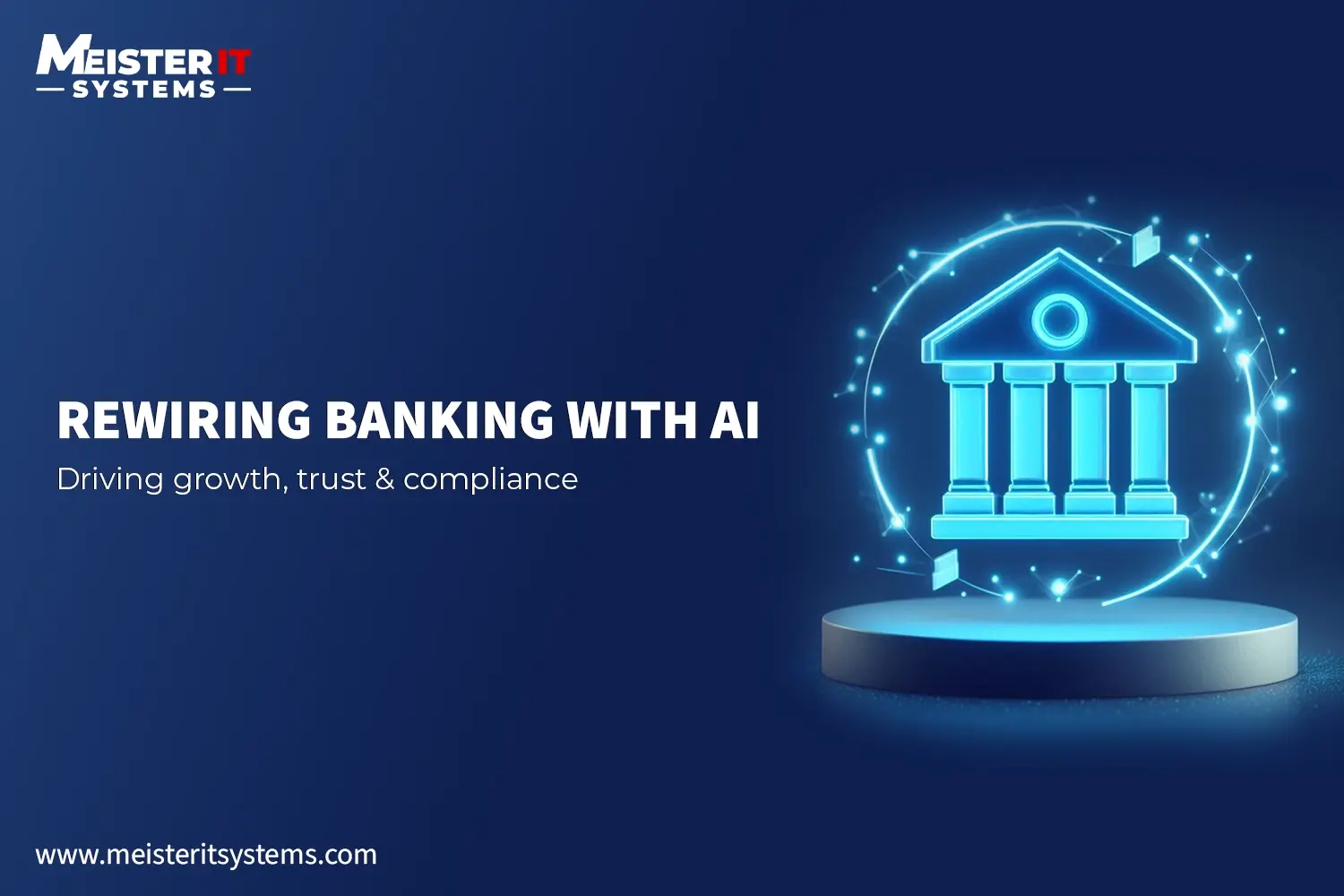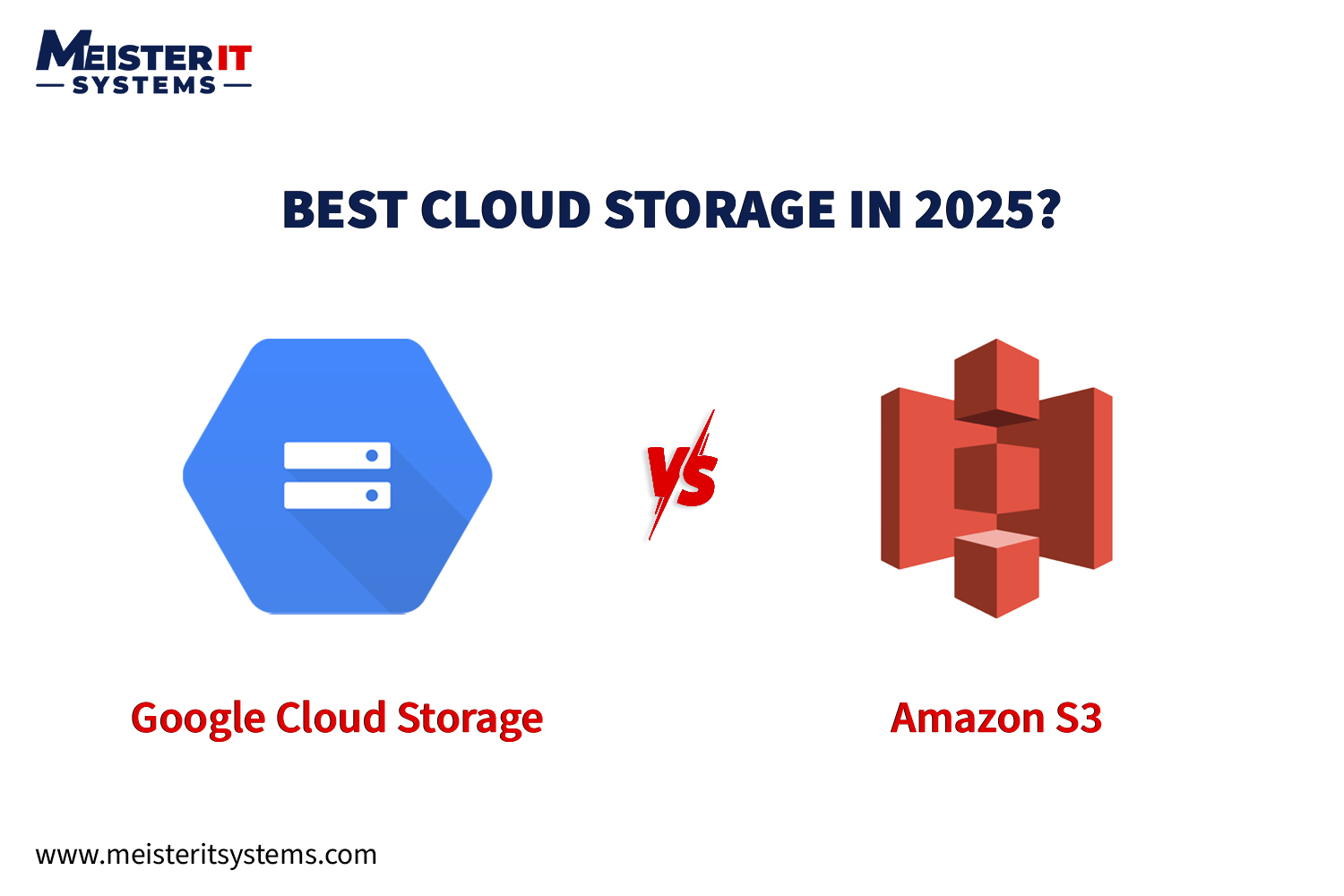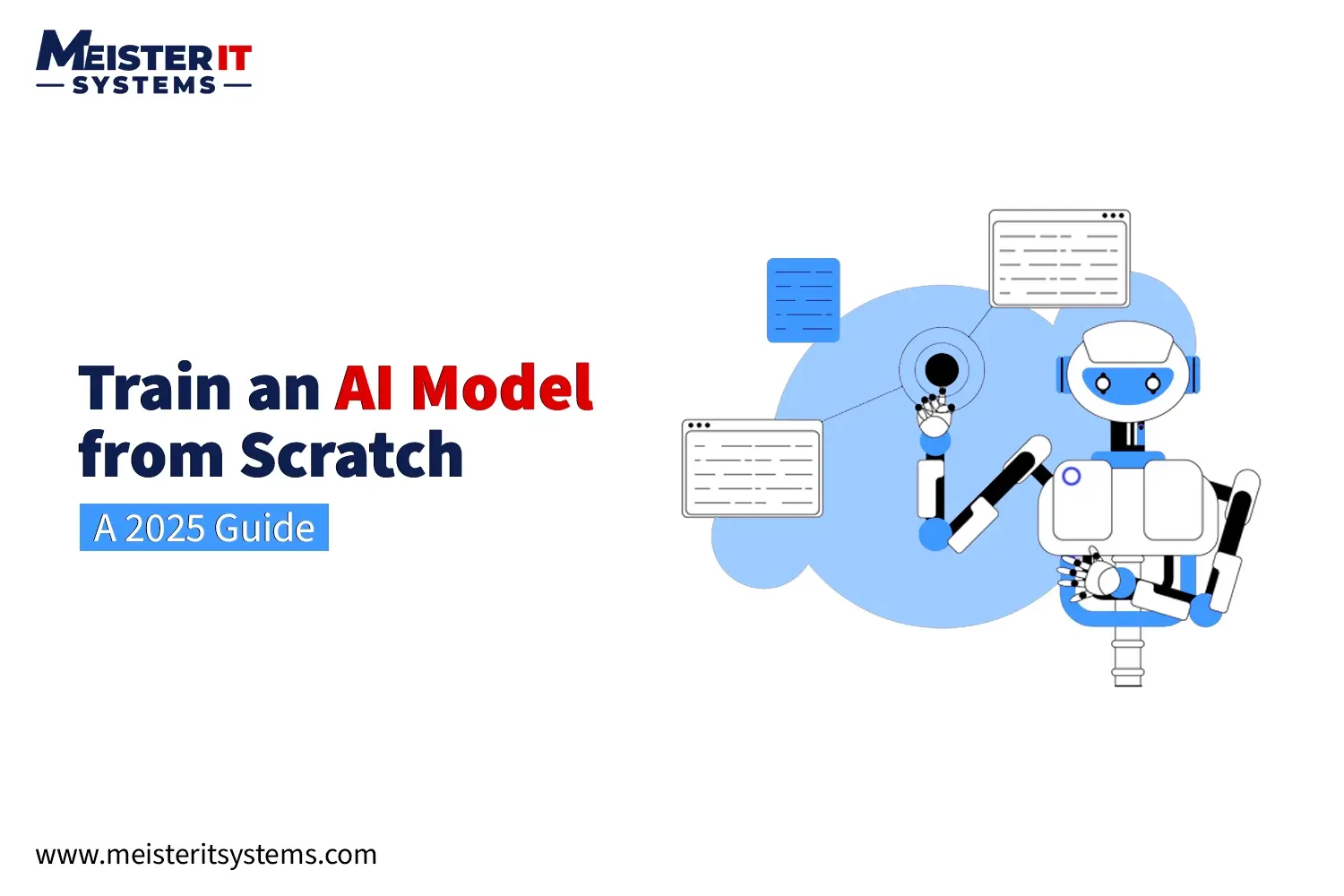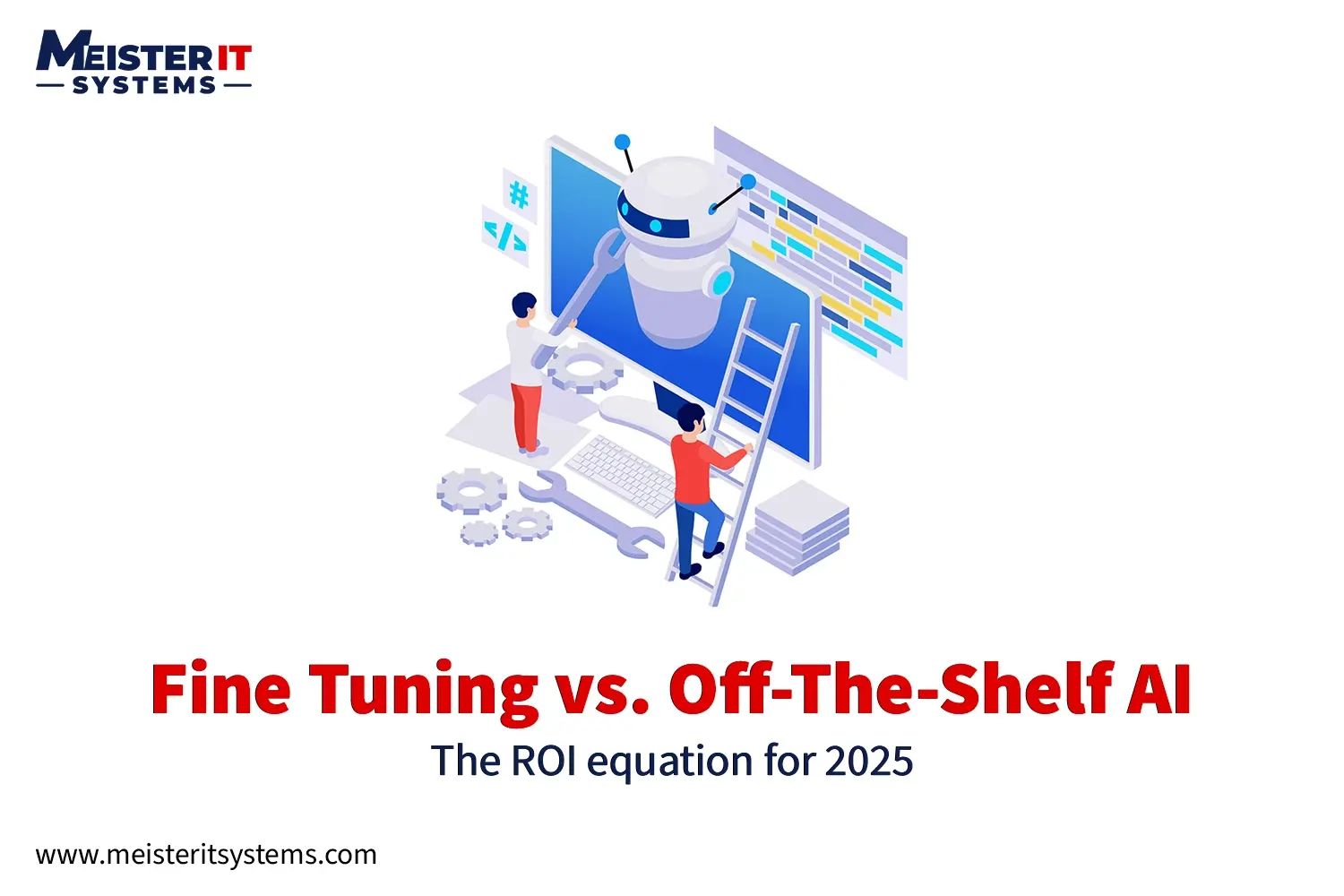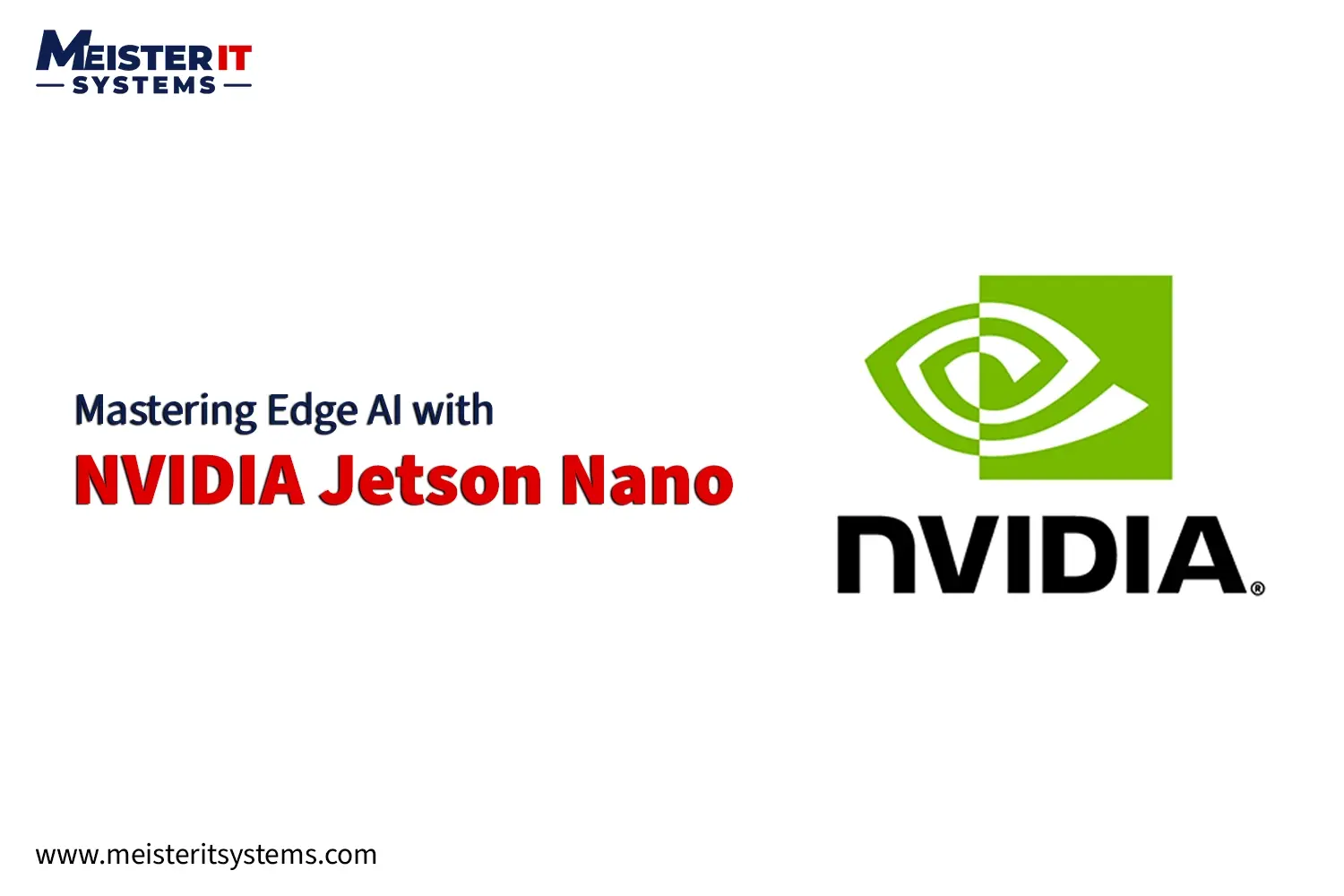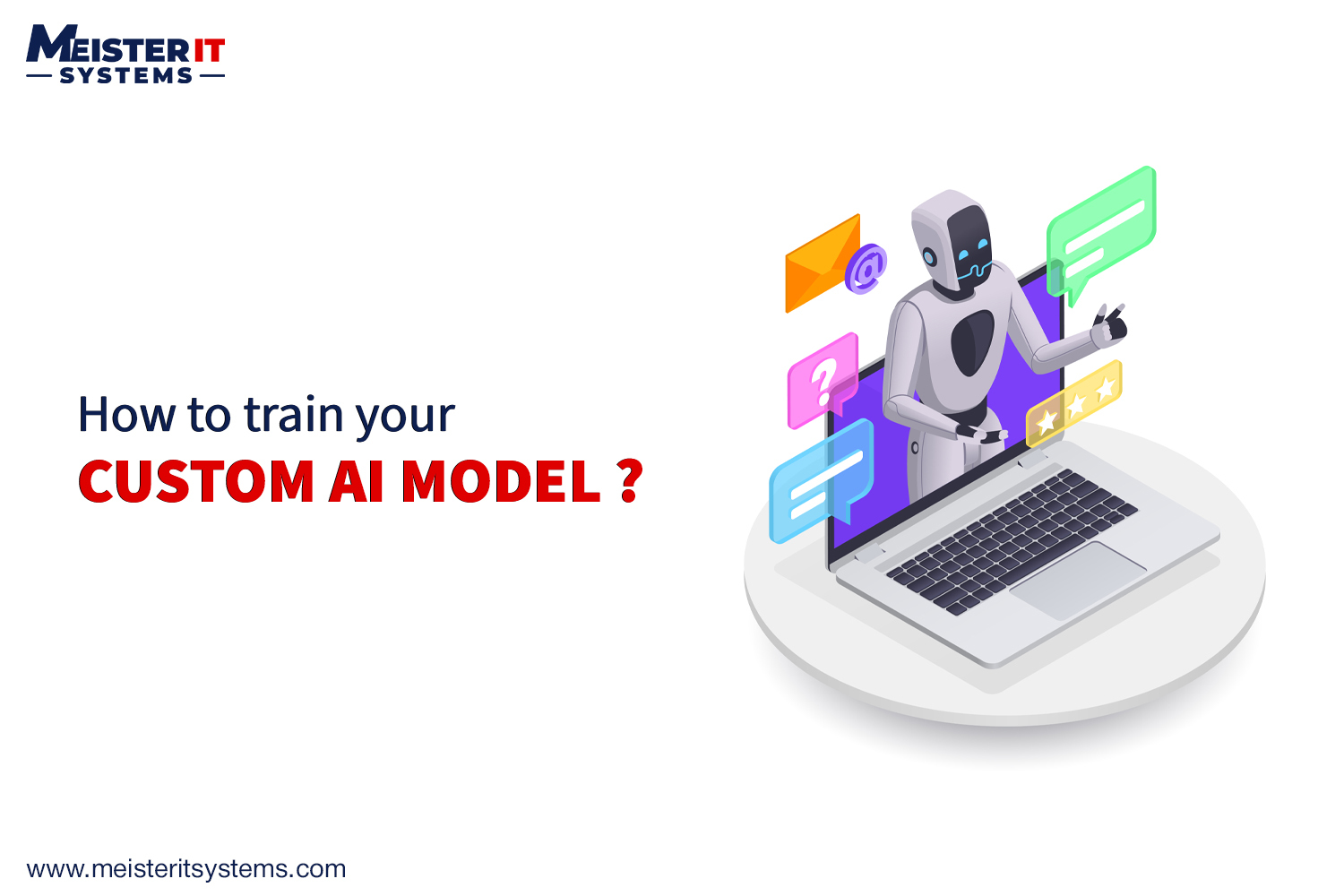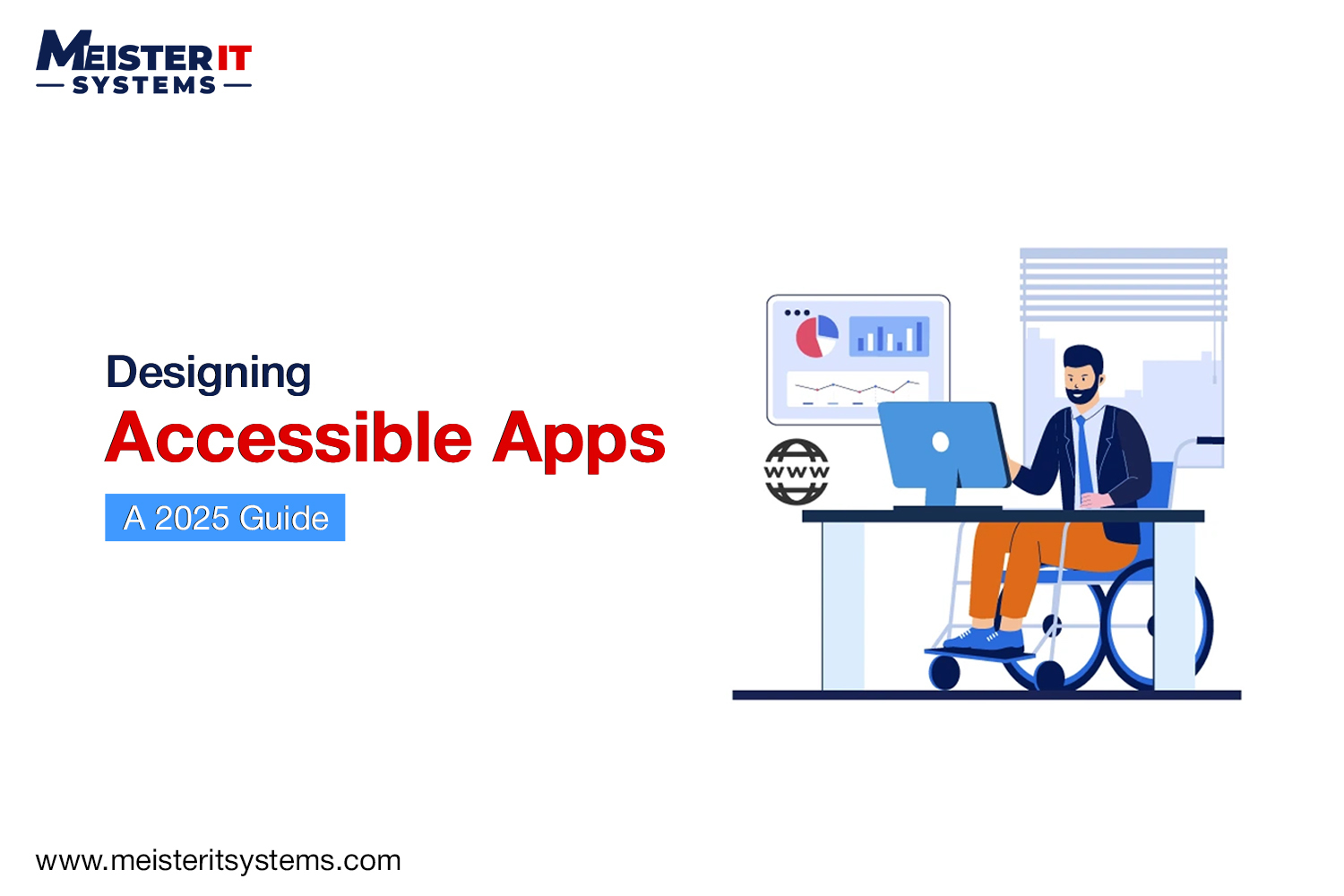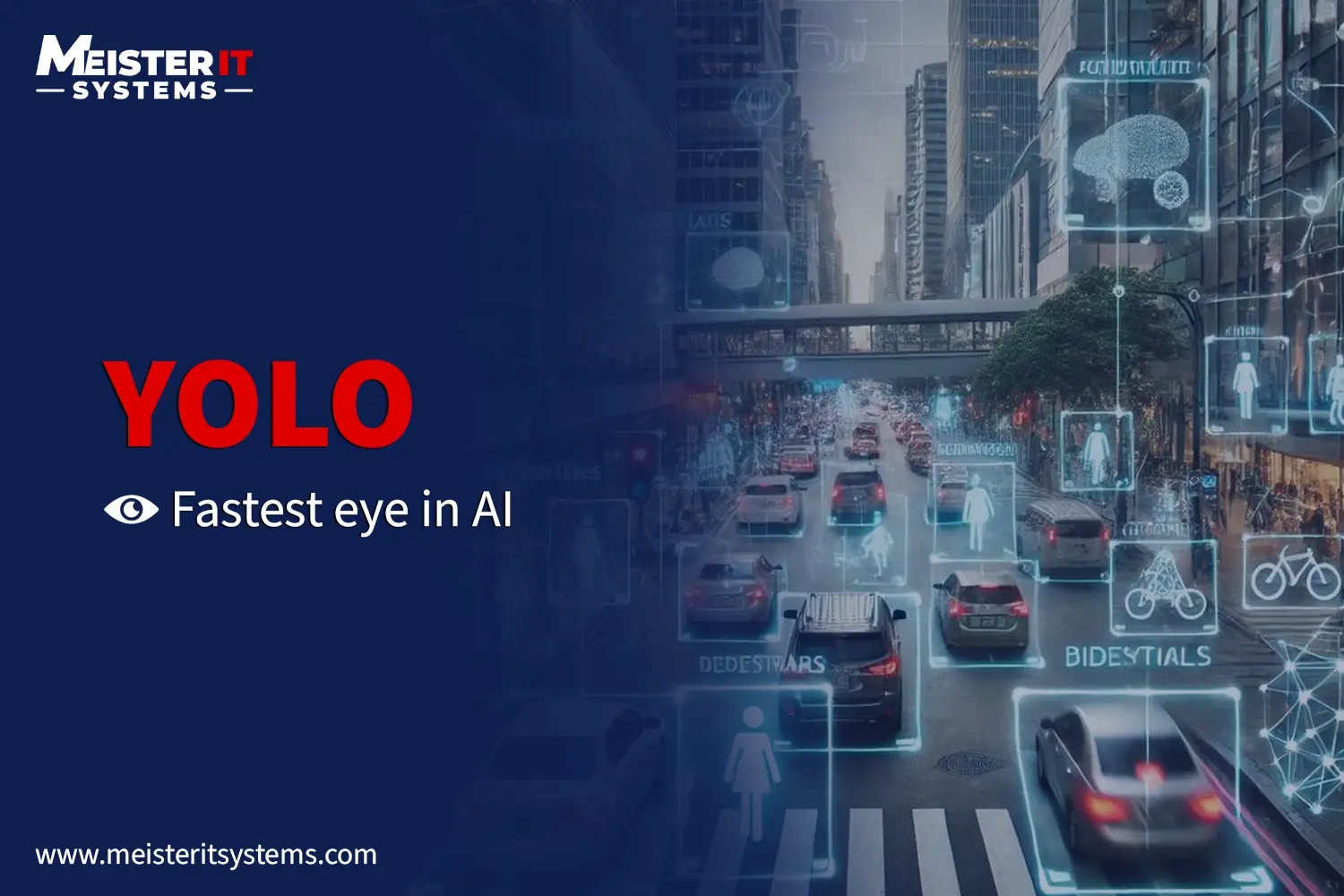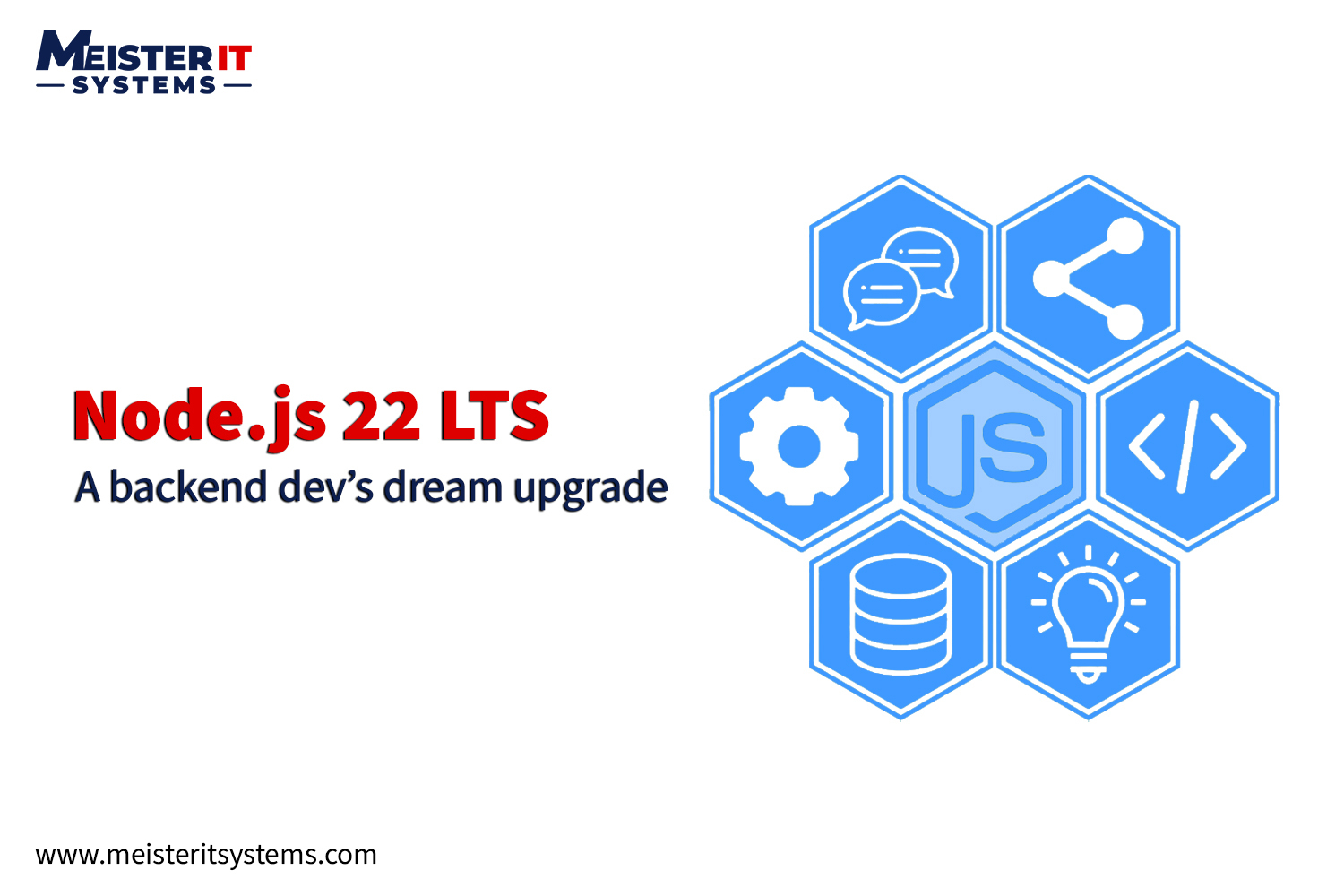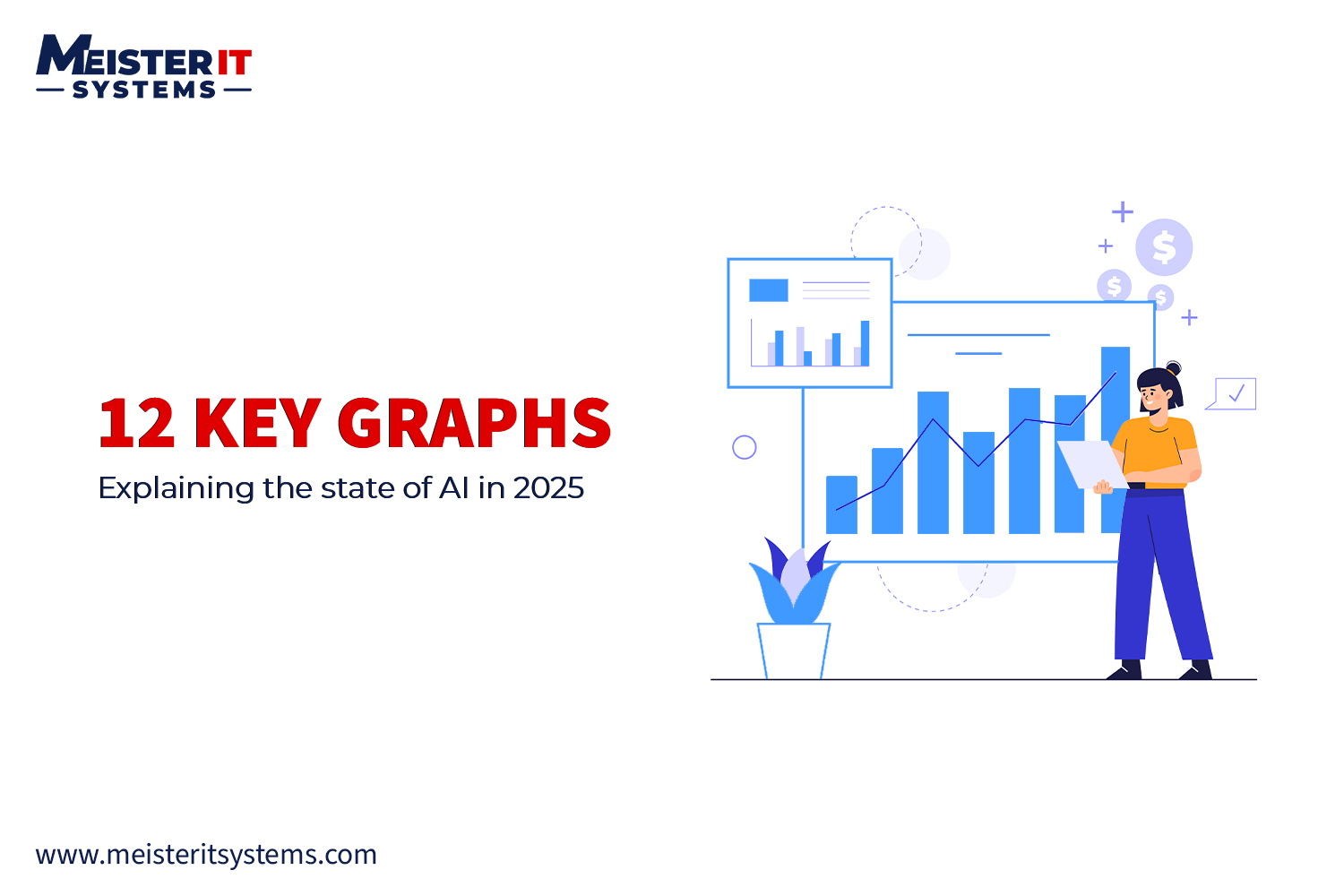
Key Takeaways
- The U.S. leads AI innovation, but China is rapidly catching up in model performance.
- Training costs are skyrocketing, while usage costs are dropping fast.
- AI’s carbon footprint is growing despite better efficiency.
- MeisterIT Systems helps businesses harness these AI shifts for real results.
Introduction
Artificial Intelligence has entered a new era. What started as a race to build smarter and more powerful models has now become a worldwide effort to make them practical, affordable, and sustainable.
Each year, Stanford University releases its AI Index Report, offering one of the most comprehensive views of how AI is evolving across research, policy, and industry. The 2025 edition tells an important story. Development is speeding up, costs are rising, and the balance between innovation and regulation is shifting faster than expected.
At MeisterIT Systems, we analyzed and decoded the key findings from the latest AI Index to highlight what they mean for businesses. Here are 12 major insights that reveal the true state of AI in 2025 and how they can guide your company’s next strategic move.
1. The U.S. Still Leads, but the Map Is Changing
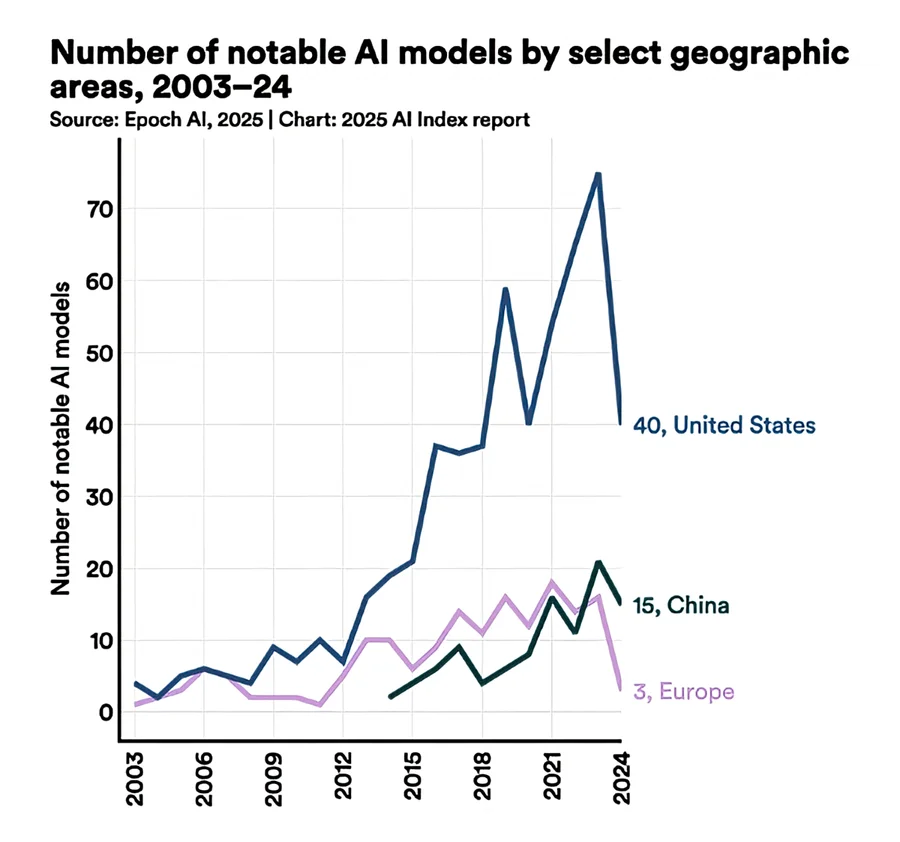
Credits: IEEE Spectrum I AI Index 2025
In 2024, the United States produced 40 high-impact AI models, far ahead of China’s 15 and Europe’s 3, all developed in France. Most of these breakthroughs came from private companies, not universities.
Why this matters:
The center of innovation has clearly shifted from academia to the private sector. For smaller firms, success will depend on collaboration, partnerships, and strategic integration rather than competing with large corporations. Access to the right technology is now more valuable than owning it.
2. Model Training Is Becoming a Billionaire’s Game
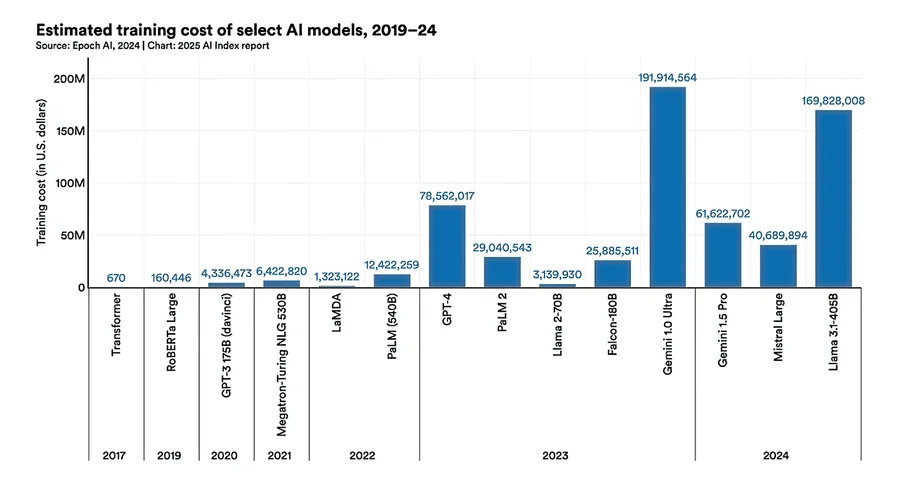
Credits: IEEE Spectrum I AI Index 2025
Training frontier models is getting incredibly expensive. For instance, Google’s Gemini 1.0 Ultra reportedly cost about 192 million dollars to train. Only a handful of global players can afford that scale.
Business insight:
You don’t need billions to benefit from AI. Fine-tuning existing models or developing smaller, domain-specific ones can deliver exceptional results at a fraction of the cost. At MeisterIT, we often find that precision and purpose drive better ROI than scale.
3. The Cost of Using AI Is Falling
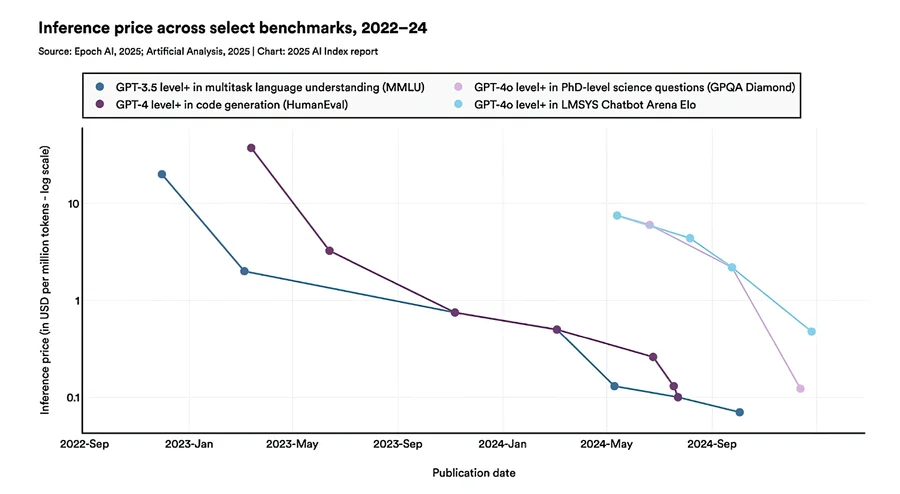
Credits: IEEE Spectrum I AI Index 2025
While training is costly, the price of using AI models has dropped significantly. OpenAI, for example, reduced GPT-4’s usage cost from $15 per million tokens to just $0.12 in one year.
Why it matters:
This is great news for startups and SMEs. Businesses can now integrate AI into customer support, data analytics, and marketing without huge budgets. Affordable access is leveling the playing field, allowing smaller firms to compete effectively with industry giants.
4. The Environmental Cost Is Rising
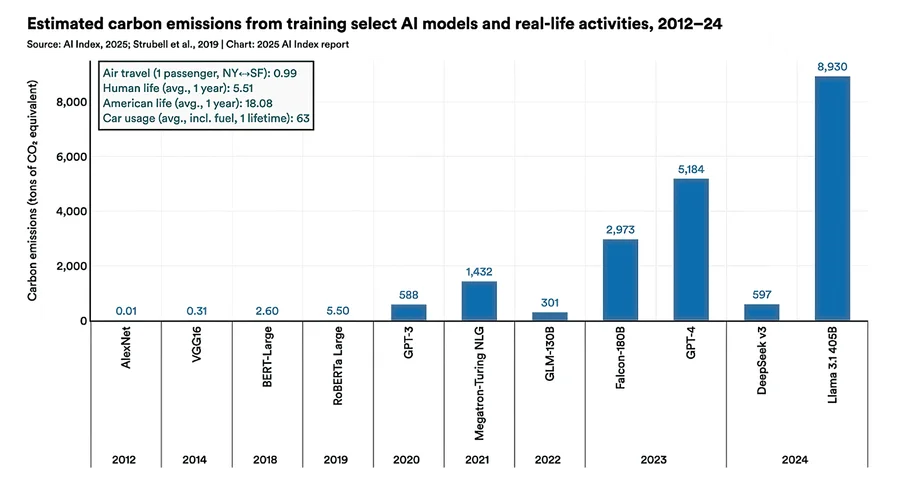
Credits: IEEE Spectrum I AI Index 2025
Meta’s Llama 3.1 training process emitted around 8,930 tonnes of CO₂, which equals the annual carbon footprint of 500 U.S. residents. Multiply that across the industry, and the energy demand becomes clear.
Why it matters:
Sustainability will become a major part of AI strategy. Choosing providers that rely on renewable energy or carbon-neutral data centers supports both environmental and business goals.
5. China Is Rapidly Closing the Performance Gap
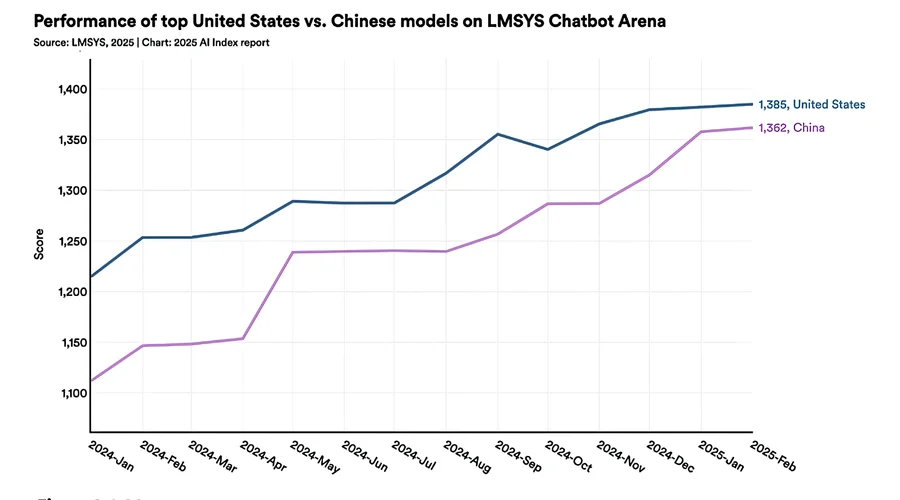
Credits: IEEE Spectrum I AI Index 2025
Between January 2024 and February 2025, the performance gap between top U.S. and Chinese chatbots dropped from 9.26 percent to only 1.7 percent.
Business impact:
AI leadership is becoming global. This competition is fueling faster innovation, more language coverage, and better model diversity. For businesses, this means more choice, better prices, and improved localization.
6. AI Benchmarks Are Reaching Their Limits

Credits: IEEE Spectrum I AI Index 2025
Standard AI tests that measure reasoning, coding, and math skills are starting to lose meaning. OpenAI’s new reasoning model, o1, scored only 8.8 percent on a new test called “Humanity’s Last Exam,” designed to assess human-like understanding.
Key takeaway:
High test scores do not guarantee business results. When adopting AI, focus on practical outcomes like reliability, scalability, and integration quality rather than lab-based benchmark numbers.
7. The Internet Is Closing Its Doors to AI
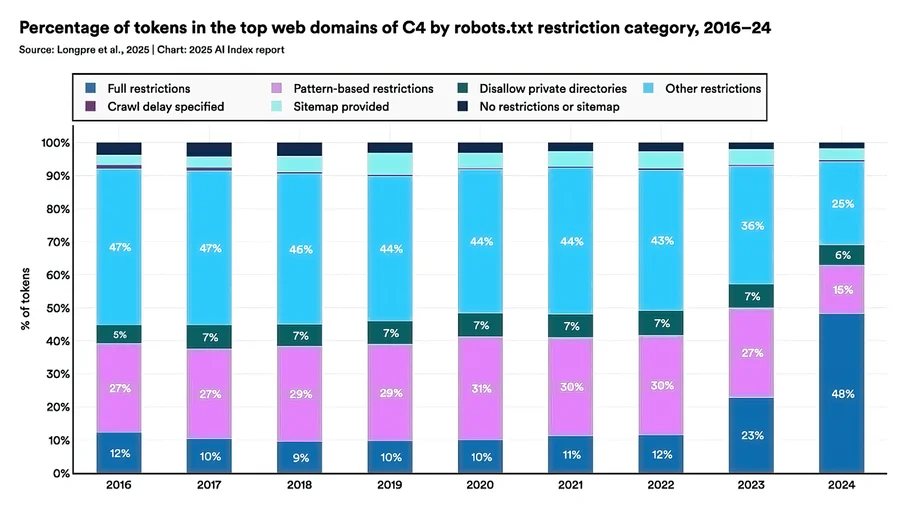
Credits: IEEE Spectrum I AI Index 2025
Almost half of the top 1,000 websites now block AI crawlers. Many experts call this the start of “peak data,” a point where models may run short of quality training material.
What it means for your business:
Data ownership is becoming a powerful advantage. Companies that collect, structure, and protect their own data will be better positioned for future AI applications and partnerships.
8. Private Investment in AI Is Rising Again
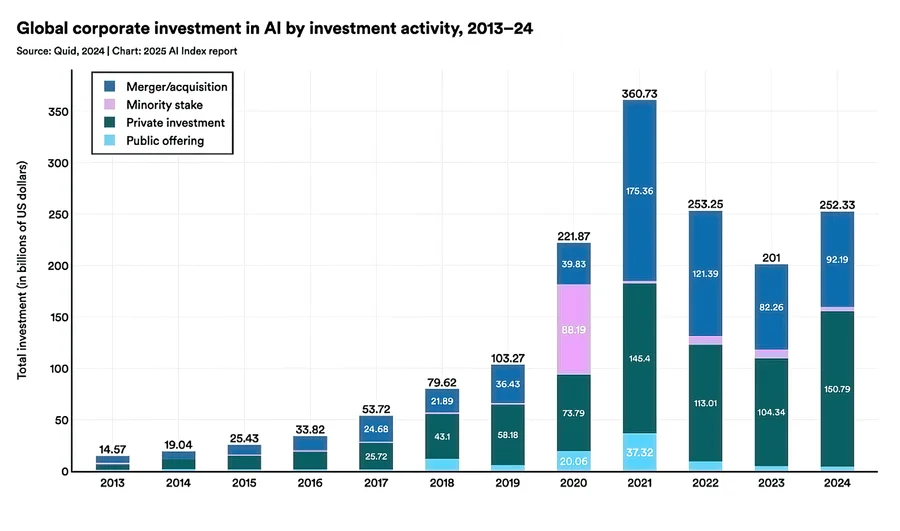
Credits: IEEE Spectrum I AI Index 2025
Global private investment in AI reached $150 billion in 2024, with $33 billion going specifically to generative AI. Although this is below the 2021 peak, the numbers show a steady recovery.
The takeaway:
Investors are becoming more selective. The focus is now on AI systems that deliver clear business value and automation efficiency rather than experimental projects. Firms that demonstrate measurable outcomes will attract stronger partnerships and funding.
9. ROI on AI Is Still Hard to Measure
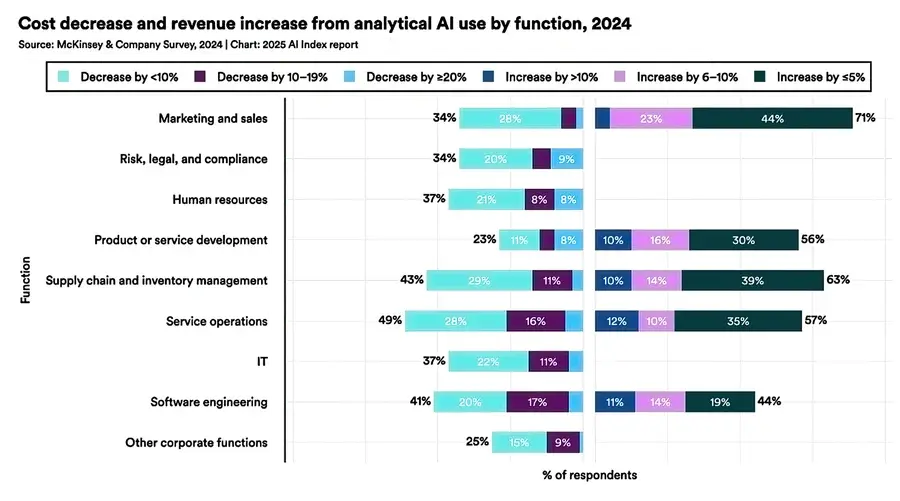
Credits: IEEE Spectrum I AI Index 2025
Despite widespread adoption, many organizations are still struggling to see tangible returns. According to McKinsey, most AI-using companies achieved achieved cost savings of less than 10 percent and revenue growth below 5 percent.
What to learn from this:
AI’s value appears when it is deeply integrated into daily operations. Instead of treating it as a side experiment, align AI projects with specific business goals such as improving process efficiency, decision-making, or customer experience.
10. AI in Healthcare Shows Both Progress and Limits

Credits: IEEE Spectrum I AI Index 2025
GPT-4 has outperformed human doctors in several diagnostic studies, yet when humans and AI work together, the results don’t always improve.
Business takeaway:
This highlights the need for better human-AI collaboration. In regulated industries like healthcare or finance, trust, transparency, and clear accountability are essential. The goal is not to replace people but to design systems where humans and AI enhance each other’s strengths.
11. AI Regulation Is Fragmenting
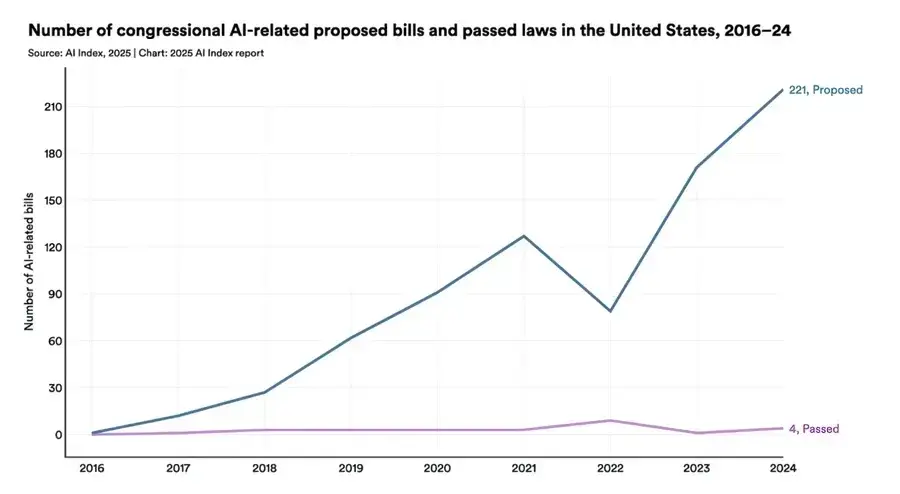
Credits: IEEE Spectrum I AI Index 2025
In 2024, the U.S. introduced over 200 AI-related bills, but only four became federal laws. States passed 131 AI-specific bills, mostly around digital privacy and deepfakes.
For global businesses:
Different markets are moving at different speeds. It’s important to create adaptable governance frameworks that can adjust to new regional laws. Future-ready AI systems must be designed with compliance flexibility in mind.
12. People Are Becoming More Hopeful About AI
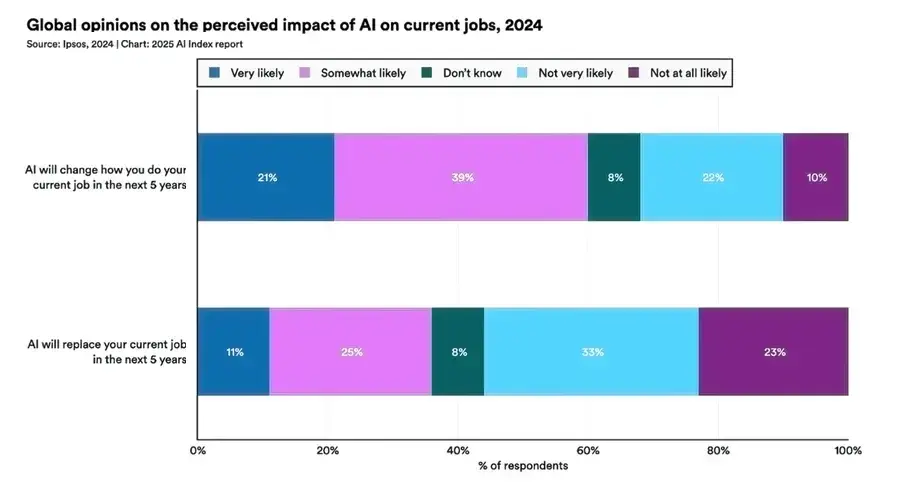
Credits: IEEE Spectrum I AI Index 2025
A global survey found that 60 percent of people expect AI to change their work, but only 36 percent fear being replaced by it.
The shift in mindset:
Public perception is shifting from fear to curiosity. As more employees embrace AI tools, companies will unlock greater productivity and collaboration. The future workplace will not be human or AI-driven, but a combination of both.
The Bigger Picture
The 2025 AI Index shows that AI has moved far beyond experimentation. It is now an essential part of how modern industries operate. At the same time, it remains complex, competitive, and expensive to scale.
For business leaders, success lies in balance. Use AI where it truly strengthens your strategy. Understand where it adds measurable value and where it introduces new challenges. The companies that will lead this decade are those that use AI responsibly, with focus and long-term vision.
At MeisterIT Systems, we help organizations design, build, and integrate AI solutions that deliver real results. From automation and analytics to customer engagement, our team turns AI into a growth engine that fits your business.
Ready to explore what AI can do for you?
Contact us today to start your AI journey.
FAQs: Your Questions Answered
Q1: What does the 2025 AI Index show?
A1: AI is growing fast and getting practical. The U.S. still leads, but China is closing in. Training costs are rising, yet using AI is cheaper than ever.
Q2: Why is training AI so expensive?
A2: Big models need massive computing power and data. That’s why only large companies can afford to train them.
Q3: Can small businesses still use AI?
A3: Yes. They can fine-tune existing models or use ready-made ones through APIs. It’s cheaper and still powerful.
Q4: Why are people talking about AI and the environment?
A4: Training models uses a lot of energy and creates emissions. Choosing greener providers helps cut that impact.
Q5: Who’s leading in AI now?
A5: The U.S. leads in innovation, but China is catching up fast. This competition is pushing better, faster AI worldwide.
Q6: Why is AI ROI hard to measure?
A6: Many gains come from better decisions and efficiency, not just profit. AI works best when built into daily operations.
Q7: How does MeisterIT Systems help with AI?
A7: We design and build AI tools that fit your goals—boosting productivity, automation, and real business results.



